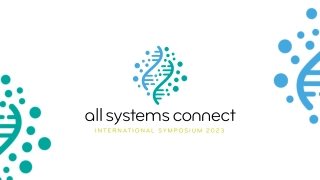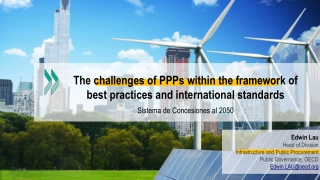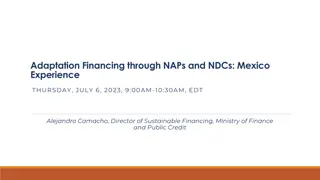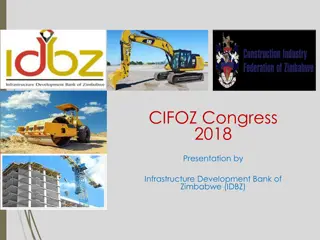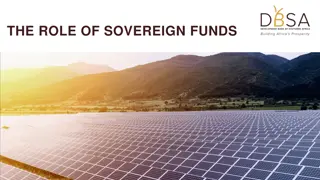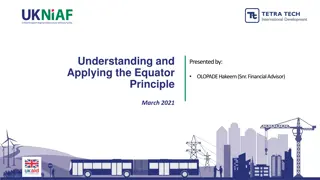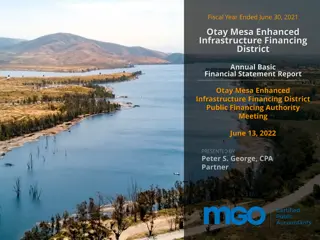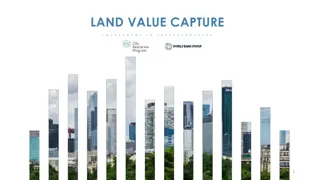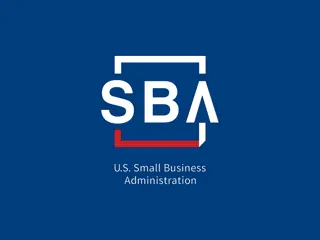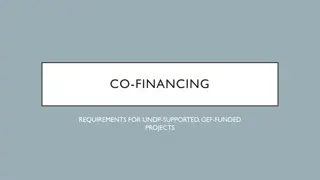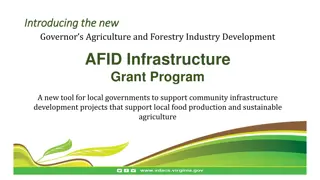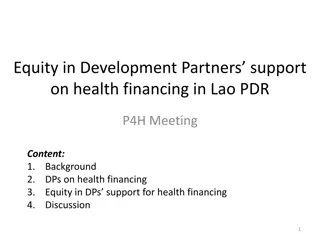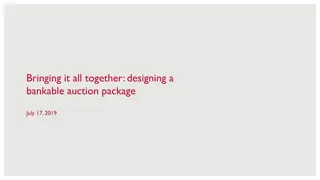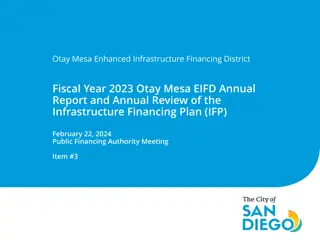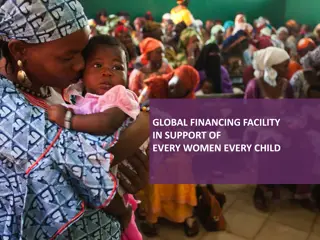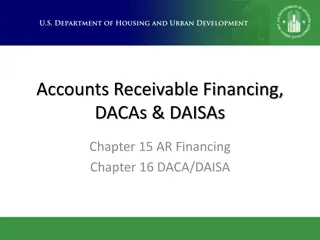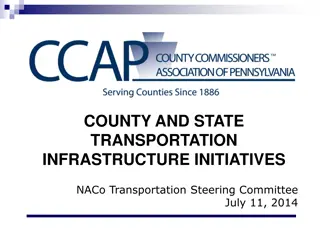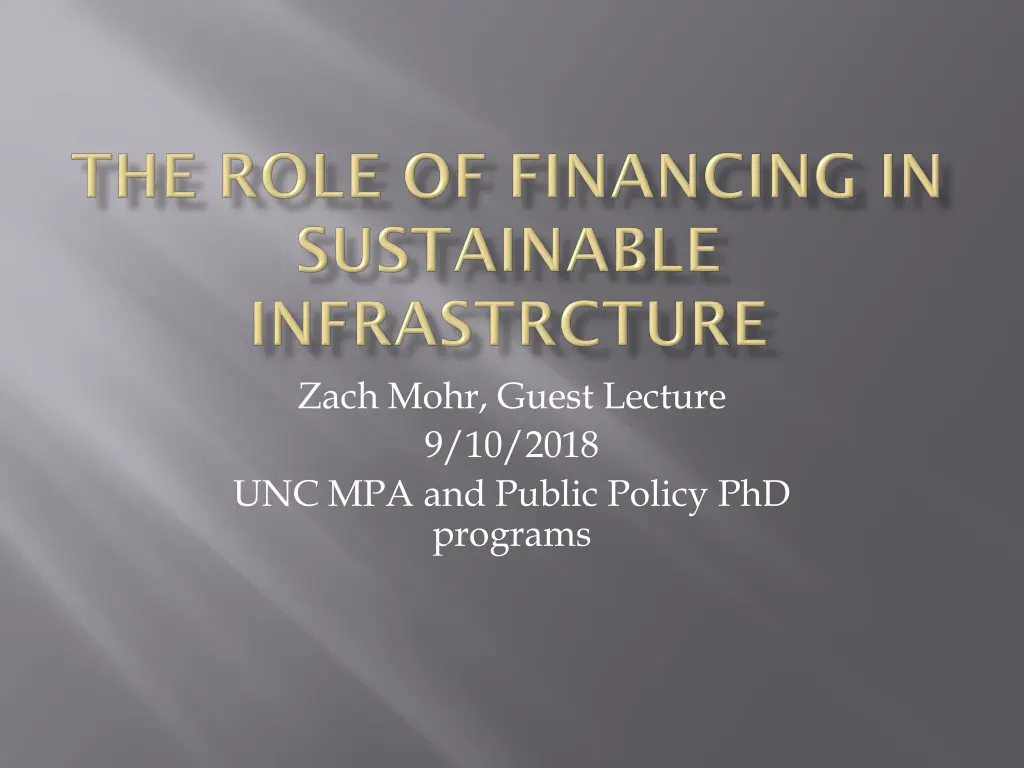
Public Infrastructure Financing and Sustainability Considerations
Explore the financing of public infrastructure, the role of private companies, tax-supported bonds, federal and state grants, and incorporating sustainability into infrastructure funding. Learn about the challenges and strategies in financing America's public infrastructure needs.
Download Presentation

Please find below an Image/Link to download the presentation.
The content on the website is provided AS IS for your information and personal use only. It may not be sold, licensed, or shared on other websites without obtaining consent from the author. If you encounter any issues during the download, it is possible that the publisher has removed the file from their server.
You are allowed to download the files provided on this website for personal or commercial use, subject to the condition that they are used lawfully. All files are the property of their respective owners.
The content on the website is provided AS IS for your information and personal use only. It may not be sold, licensed, or shared on other websites without obtaining consent from the author.
E N D
Presentation Transcript
Zach Mohr, Guest Lecture 9/10/2018 UNC MPA and Public Policy PhD programs
$3.6 Trillion The amount of investment needed for America s public infrastructure by 2020 http://www.infrastructurereportcard.org/ Who will pay for it?
Who finances infrastructure? How does the public sector finance public infrastructure? How can we incorporate sustainability into public infrastructure financing? Chapter 6 3
Private companies financing private projects I.E. Duke or Piedmont Increasingly governments selling infrastructure to reduce liability and increase private investment Are these private companies completely private? Public/Government Federal - No real plan! State Local Capital Investment Plan or Budget (aka CIP) http://charlottenc.gov/charlottefuture/cip/Pages/def ault.aspx
Financed: o Tax-supported bonds o Grants from other governmental units (e.g., Federal or state grants) o Transfers from other funds o Special assessment bonds or taxes o Capital leases
Tax supported bonds aka General Obligation Bonds or GO Bonds Lowest cost Supported by the full faith and credit of the jurisdiction Usually government has limits on GO debt Often requires bond referenda City of Charlotte and Mecklenburg County trade off with Bond Referenda Variety of bond issuance types Negotiated vs competitive Creditworthiness of issuer i.e. bond rating
Federal and State Grants Great when available but Federal government doesn t have a capital budget States seem intent on taking assets from local governments Still major investments in some areas from federal and state
Transfers from other funds Transfer from general fund Competes with tax supported services General fund often supports early project planning and design Sinking funds
Special assessment bonds and special taxes Special assessments What are they? Often used in other states Special taxes Highway fund money i.e. earmarked sales taxes Certificates of participation (COP) Private financing Not subject to same referenda and limitation as GO A lot like a lease
Capital leases, lease purchases Lease - a contract by which one party conveys land, property, services, etc., to another for a specified time, usually in return for a periodic payment. Capital lease lease that eventually ends; firetrucks Lease purchase lease that leads to ownership; schools, water treatment plants, etc. Attractive because government can walk away Attractive to business because they don t have to pay capital gains taxes Low default and stable customer base
Private financing i.e. PPP and Public Private Partnerships What is the big one happening here? Is it good? Other examples Turnpikes Parking meters All manner of utilities
What is sustainability? Triple bottom line Economic Environment Social How do we incorporate sustainability? Better planning Good management Incorporate sustainability into finance
The Kansas Turnpike (Includes the first portion of the federal Interstate system) Built in 1956 (in just 22 months created a highway of over 200 miles) How long has 485 taken? Ended abruptly in a farmer s field in Oklahoma 13
Charlotte Water has enough pipe to run from Charlotte to Anchorage, Alaska and back1 Most assets donated
Portion of taxes and bonds for sustainability Example art set-asides
How do we do this? How do we tackle this big problem? Zach Mohr, zmohr@uncc.edu

